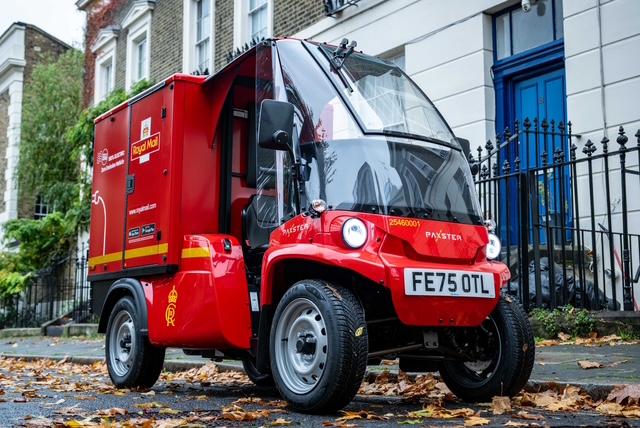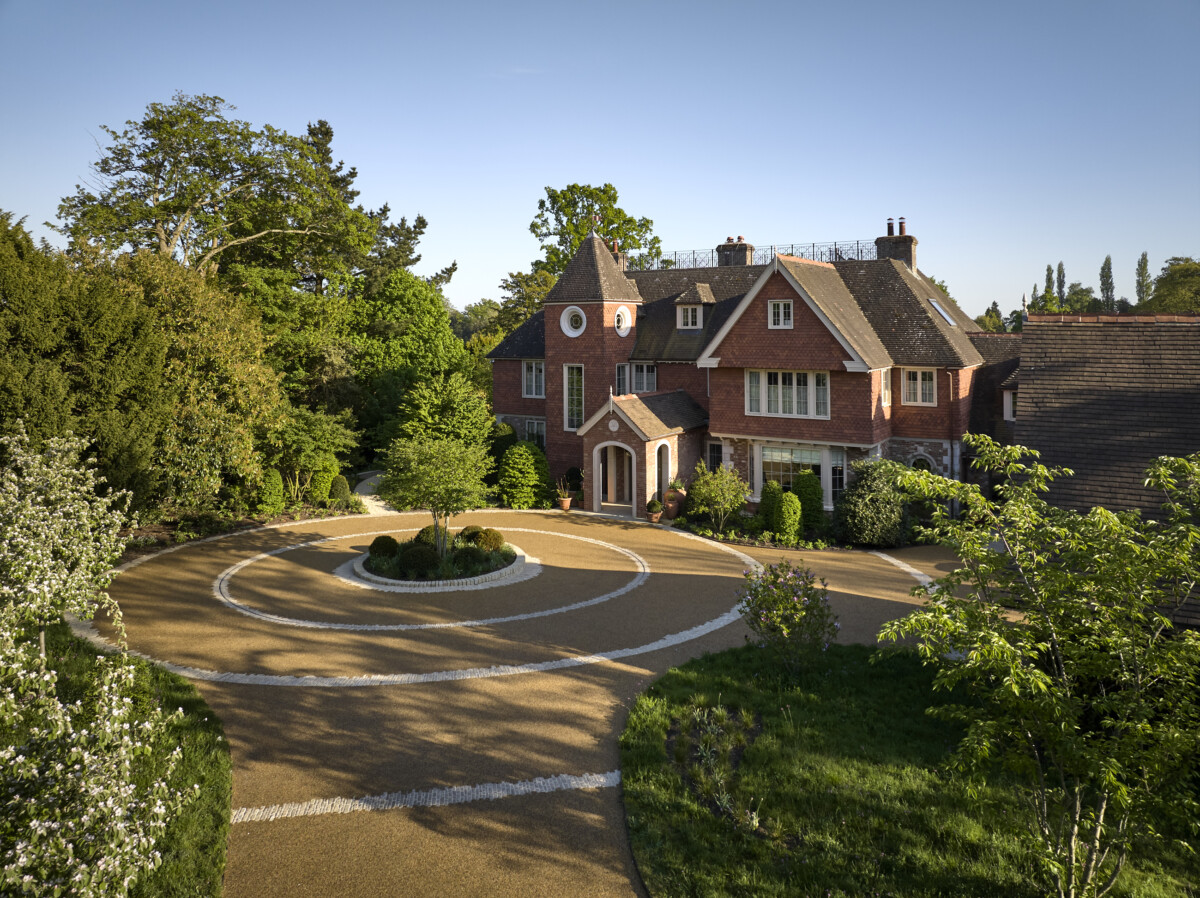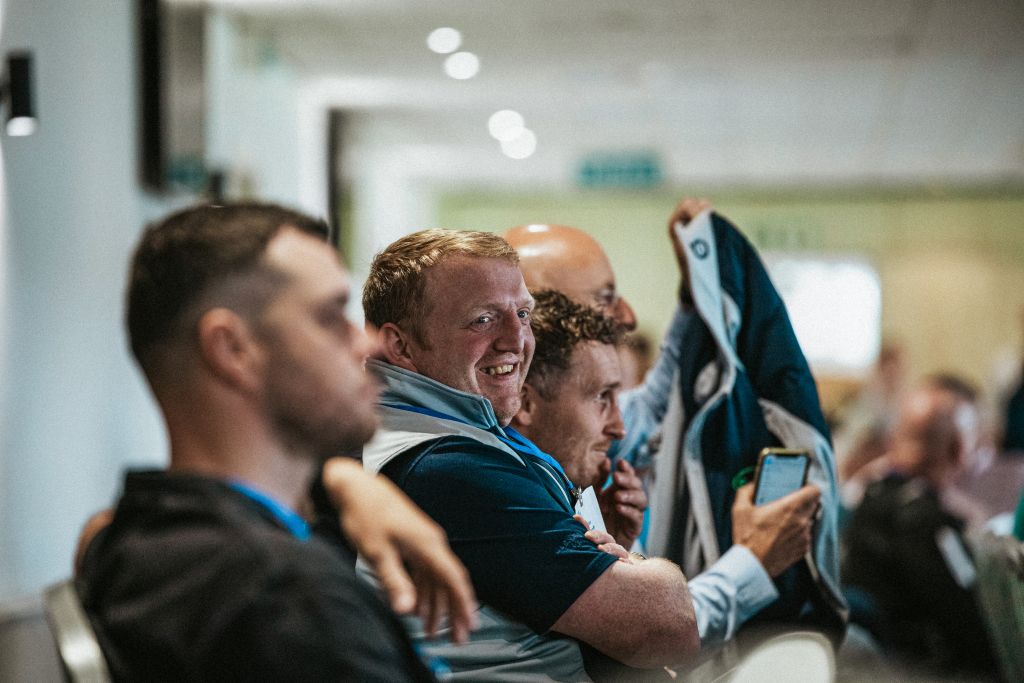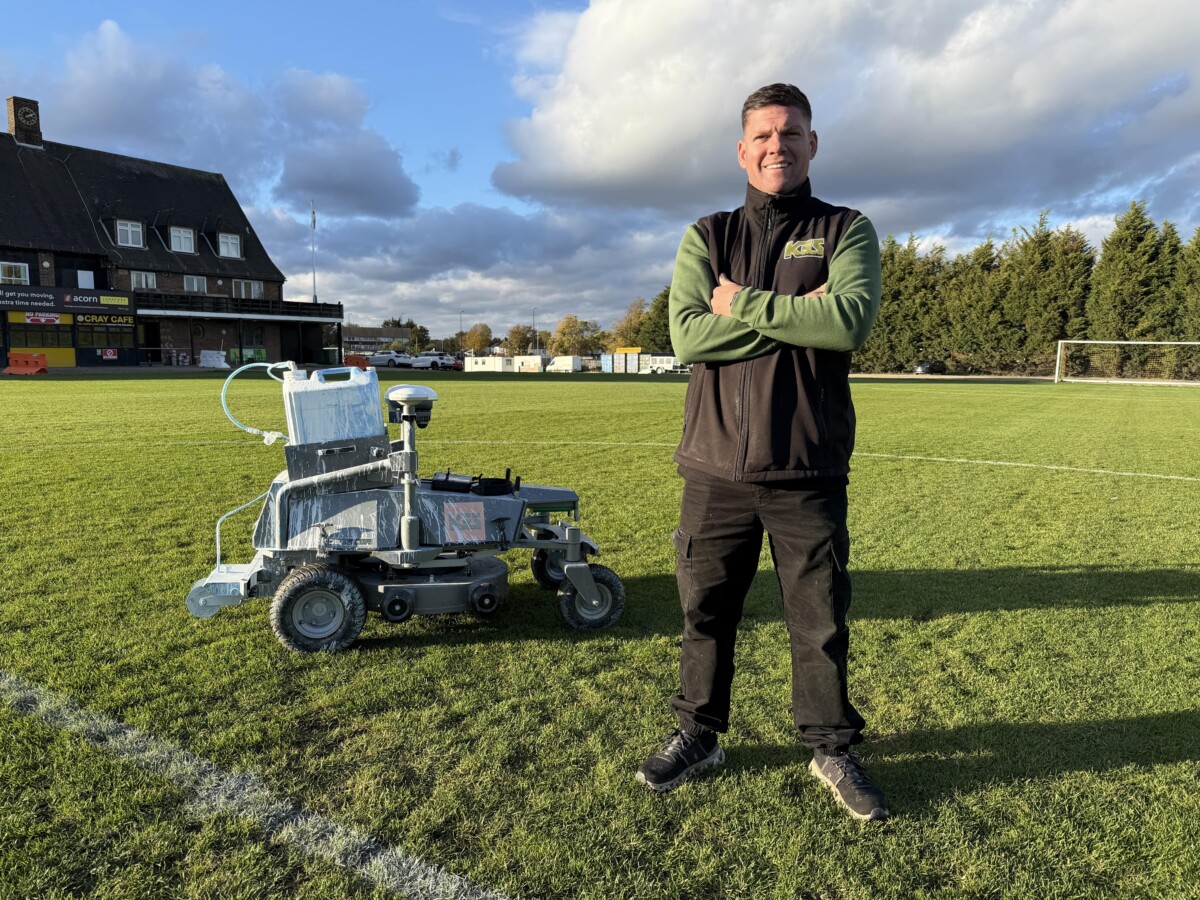Superb in Singapore: Sentosa Golf Club is widely respected as one of the world’s greatest golf clubs.
It is also home to two world-class championship golf courses – The Tanjong and The Serapong – with the latter recently being voted ‘Singapore’s Best Golf Course’ for the second year in a row at the World Golf Awards.

Superb in Singapore
The Serapong re-opened in December after an extensive renovations project, led by the club’s General Manager & Director of Agronomy, Andrew Johnston, to maintain and rejuvenate the world-class standards the course has set in recent years.
The club is also one of the world’s leading environmentally sustainable golf clubs, having implemented a number of initiatives through its two ground-breaking campaigns, #KeepItGreen and GAME ON, and were named the ‘World’s Best Eco-Friendly Golf Facility’ at last year’s World Golf Awards.
We sat down with Andrew Johnston to discuss what makes Sentosa’s environmental vision so unique and how they managed to maintain it throughout The Serapong’s renovations.
Sentosa Golf Club was named the ‘World’s Best Eco-Friendly Golf Facility’ in the latest edition of the World Golf Awards. What does it mean to the club to receive this accolade?
It is an exciting, proud and humbling achievement to be recognised as the ‘World’s Best Eco-Friendly Golf Facility’ by our fellow industry professionals and golf consumers throughout the world.
There is nothing more critical and important than taking care of the world we live in, and the culture we have created and implemented at the club, from our committee all the way down to our guests, is based around our environmental sustainability vision for the future.
Tell us a bit more about the sustainability work that the club has undertaken in the last 12 months?
With everything that has happened in the world over the past year, it definitely would have been the year that we would all look back on and wish we could hit the reset button. However, for the team at Sentosa, it was another ground-breaking year in terms of our sustainability work at the club.
In July, we became a full-time member of GEO Foundation, as well as the first golf club to join the UN Sports for Climate Action Framework, which looks to guide the sports industry on a path to achieving climate goals set out in the Paris Agreement.
We also set out plans for the redevelopment of our herb garden, as well as building and installing electric car charging points through a partnership with Porsche. The development of a floating solar farm is also another initiative that is on our agenda for 2021 and more news will be announced on these initiatives soon.
The Circuit Breaker left us in an awkward position, but we continued to press forward with our plans. The most important thing for the club moving forward now is to establish our carbon footprint number, so that we can work towards becoming carbon zero.
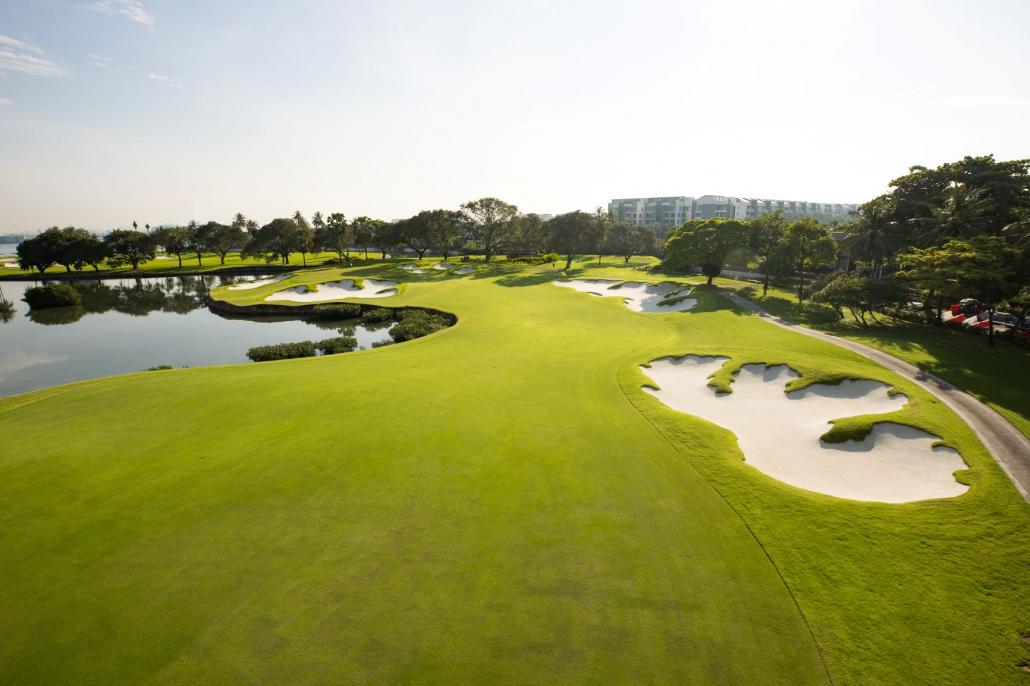
Superb in Singapore
Are there any further sustainability projects that you are looking to implemented in the near future? And what is the ultimate goal in terms of sustainability for SGC?
We hope to convert our energy source from brown to green, as well as develop the carbon free rounds of golf. This involves mapping out each of our golfers at Sentosa and adding one dollar to their games, so that it can be used to purchase local Renewable Energy Certificate.
The club also aims to develop its relationship with GEO Foundation by becoming GEO Certified, a comprehensive modern certification that recognises facilities around the world for their outstanding and ongoing commitment to sustainable golf.
The Serapong was also named ‘Singapore’s Best Golf Course’ for the second year in a row. How do you manage to maintain such high-quality course conditions, while dedicating so much attention to a sustainability agenda?
We are lucky to have such a strong team who are dedicated to achieving excellence day in day out on The Serapong. While it was named ‘Singapore’s Best Golf Course’ for the second year in a row, the course has also previously collected the same accolade at the Asian Golf Awards for 16 years in a row, as well as being named Number One for 18 years out of the past two decades in Golf Digest’s Singapore rankings.
Our sustainability agenda is part of the club culture, so all the staff and team have bought into it ever since we launched our Keep it Green campaign in 2018. In fact, Keep it Green has become a way of life at the club now. As an example, every member of staff is challenged to pick at least 15 weeds a day before they leave the property. It’s measures like these, and others such as our sustainable herb gardens and bee colonies, that help inject energy and fun, as well as a sense of team camaraderie, into our sustainability agenda and day to day life at the club.
Do you have a specific strategy that helps set up the golf courses on a daily basis/for tournaments, such as the SMBC Singapore Open?
Our set up strategy for tournaments, such as the SMBC Singapore Open, takes us nearly four months to follow and prepare the course. This involves a detailed fertility plan that is custom built each year in order for the course to reach peak conditions for event week.
What equipment/processes do you operate to maintain the golf courses and how do these fall in-line with your sustainability agenda?
We have recently acquired six new GPS spray rigs that are extremely high-tech, but also really help us to make a big impact in regard to our sustainability agenda. The rigs are so intelligent they will automatically turn off the nozzles if they cross over any location that has previously been sprayed.
How many staff do you have working in your agronomy/golf course maintenance team? And what does a normal day look like for them out on the golf courses?
We currently have 75 people working in our agronomy and course maintenance team. Every day starts the same for our team with a morning briefing before we head out on the courses early to set them up ahead of the days play. However, in reality, we are always making tactical adjustments to our work in order to be as efficient as we possibly can be.
How do changing weather patterns, especially heavy downpours frequently seen in Singapore, affect the maintenance of the courses?
We are very prepared for handling the changing weather patterns that are often seen in the region. The club invested in a drainage infrastructure that can handle the heavy monsoonal weather very well and allows our members and guests to be back playing golf within 30 minutes of any storm event. Additionally, the SubAir investment in our greens has made for an excellent tool to combat the excessive moisture created.
The club recently re-opened The Serapong after closing it for renovations back in March last year. Can you tell us about the specific works that took place?
As part of the renovations, we removed the existing grass surface on the fairways to rejuvenate them with grading adjustments and improved drainage strategies. We also re-lasered the tee boxes to reinstate a tabletop, flat finish and maintain the grass at a super low mowing height of 3mm.
The bunkers were also renovated with the caps and bays being restored, and a serrated edge look has been introduced to really transform The Serapong deeper into a world-class location.
What was the thinking behind renovating The Serapong?
The Serapong is one of the world’s greatest courses and having to maintain and improve it year on year is a tremendous responsibility. The thoughtprocess behind the renovations was to keep driving excellence, be better than we were the previous year and maintain the high-quality standards that are set 365 days of the year for our members and guests, whilst also looking to find new improvements to the course. We try to instil a mantra into the team of ‘nobody cares about the awards you won yesterday’. That drives us to better ourselves each and every day.
Finally, what would you say to other golf clubs who are looking to implement sustainable initiatives on-site but also want to maintain high-quality course conditions?
There is no substitute for maintaining quality. If you want to become a world-class facility, then this is critical to your business plan. However, while always maintaining quality is crucial, the development of on-site sustainability measures is of even more importance now. Golf clubs can no longer sit on the bench and watch.
Everyone must get onboard and begin to participate, otherwise we will soon reach the point of no return in our fight against climate change. In our view, when it comes to climate change, it isn’t game over. It’s very much game on!












